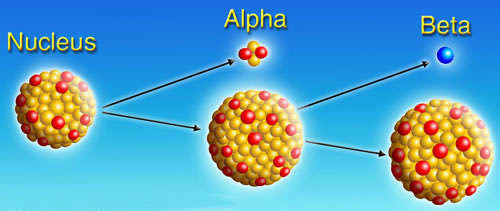Fog is a natural weather conditions that can cause visibility to become zero. It can cause accidents on normally safe roads and is such a serious weather condition that schools delay the start of the day until the sun burns it off. So how does fog form? First it is important to understand that fog is basically a cloud on the ground. This means like clouds it is a collection of tiny water droplets formed when evaporated water is cooled. The way it is cooled determines how fog is formed.
The first way that fog is formed is by infrared cooling. Infrared cooling happens due to the change of seasons from summer to fall and winter. During the summer the ground absorbs solar radiation. As air passes over it is made warm and moist. When the seasons change this mass of warm moist air collides with the cooler that is now prevalent. This cause is the water vapor in the air mass to condense quickly and fog is formed. This fog is often called radiation fog due to the way it forms. This kind is the most common type of fog. It also happens when an unseasonable day of warm weather combined with high humidity is followed by dropping temperatures
The next way that fog forms is through advection. Advection is wind driven fog formation. In this case warm air is pushed by winds across a cool surface where it condenses into fog. There are also other kinds of fog like hail fog or freezing fog. Each of these conditions is where condensed water droplets are cooled to the point of freezing. There is also fog formed over bodies of water. One type is sea smoke. This is a type of fog that forms when cool air passes over a warm body of water or moist land.
In general we see that fog is formed whenever there is a temperature difference between the ground and the air. When the humidity is high enough and there is enough water vapor or moisture fog is sure to form. However the kind of fog and how long is last and its effects will depends on the different conditions mentioned. One interesting kind of fog actually helps to make snow melt faster.
We have written many related articles for Universe Today. Here’s an article about stratus clouds, and here’s an article about acid rain.
If you’d like more info on fog, check out NOAA National Weather Service website. And here’s a link to NASA’s Earth Observatory.
We’ve also recorded an episode of Astronomy Cast all about planet Earth. Listen here, Episode 51: Earth.
Reference:
http://www.crh.noaa.gov/jkl/?n=fog_types









